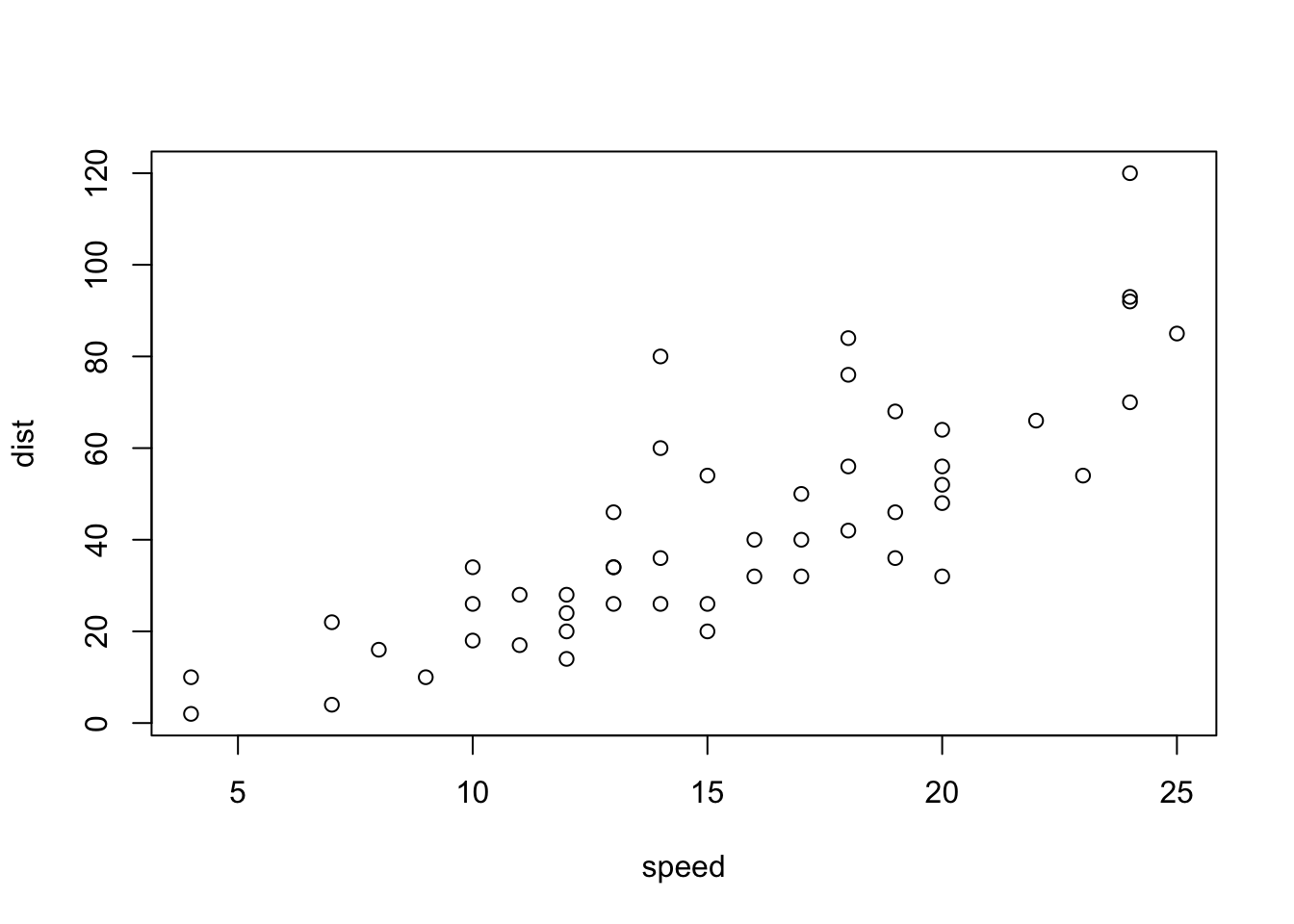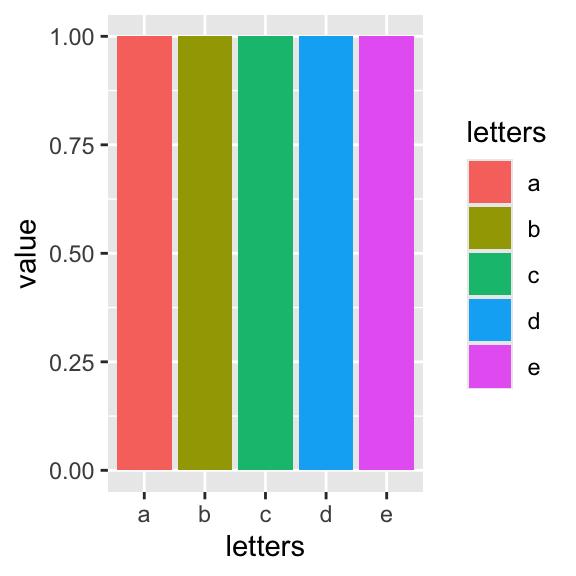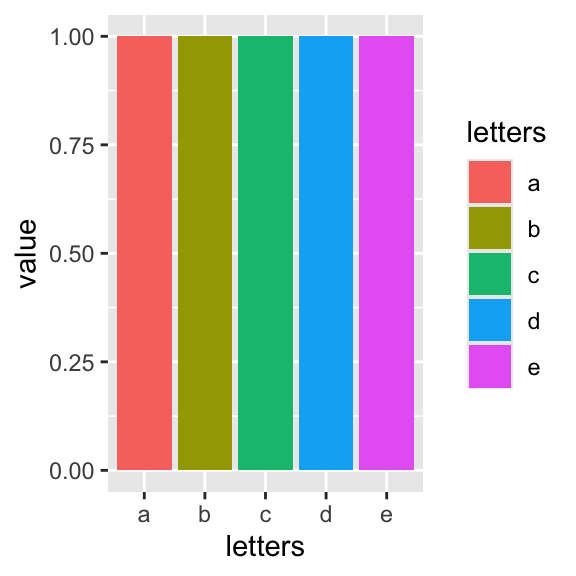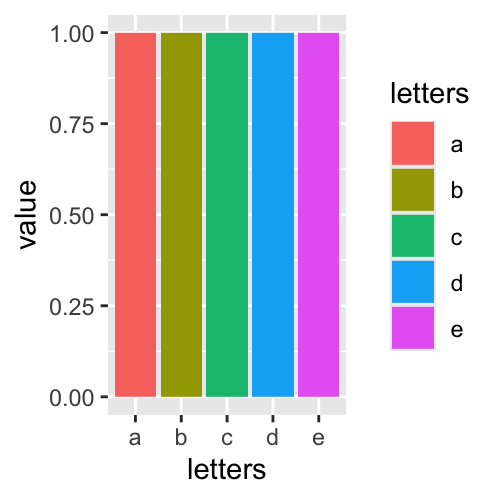Capítulo22 Opciones de Knitr
## [1] "2025-11-05"La mayoria de los ejemplos y ideas de esta seccieon proviene de yihui en el siguiente website <https://yihui.org/knitr/>
el paquete knitr fue desiñado para ser transparente para generar reporte de R, añadiendo componente de animación y Latex (Ecuaciones) y otras funciones.
Hay muchas opciones para determinar lo que hace un chunk
- Code evaluation: evaluación de código
- Text output: Formateo de texto
- Code decoration: Decoración del código
- Cache: Cache
- Plots: Gráficos
- Animation: Animaciones
- Code chunk: Código del chunk
- Child Document: Documento asociados
- Language engines: Asociación de lenguaje
- Option Temnplate:
- Extracting source code:
- Other chunk options:
- Package Options:
- Global R Options:
22.1 Para ver las opciones de knitr de los chunk
Este chunk es para que la información de los chunk en la parte de knitr se vea.
library(knitr)
hook_chunk = knit_hooks$get('chunk')
knit_hooks$set(chunk = function(x, options) {
if (!is.null(options$echo_opts)) {
return(paste0("```` ```{r ", options$params.src, "} ````", x, "```` ``` ````"))
} else {
return(hook_chunk(x, options)) # pass to default hook
}
})
opts_knit$set(eval.after = 'fig.cap')Los ejemplos aquí serán limitado a las alternativas para los documentos .Rmd
- Las opciones están escrita de forma de tag=selección de la alternativa.
Opciones de bloques
Se personaliza los bloques con “opeciones” options de los chunks.
En la rueda de a la derecha de cada chunk hay opciones para seleccionar opciones.
22.2 Tablas de opciones principales
| Opción | Ejecuta | Muestra | Output | Gráficos | Mensajes | Advertencias |
|---|---|---|---|---|---|---|
| eval=FALSE | - | - | - | - | - | |
| include=FALSE | - | - | - | - | - | |
| echo=FALSE | - | |||||
| results=“hide” | - | |||||
| fig.show =“hide” | - | |||||
| message=FALSE | - | |||||
| warning=FALSE | - | |||||
| error=FALSE | - |
- Comenzando con dandole un nombre al chunk “mi-chunk”
algun_nombre, echo=TRUE
Eso es lo que va a ver cuando hace el knit
Nota aquí tengo include=FALSE, por consecuencia cuando se hace un knit, no se ve lo que hay en el chunk.
- Ahora cambialo a TRUE
## speed dist
## 1 4 2
## 2 4 10
## 3 7 4
## 4 7 22
## 5 8 16
## 6 9 10```{r include_true, include=TRUE, echo_opts=TRUE}
## speed dist
## 1 4 2
## 2 4 10
## 3 7 4
## 4 7 22
## 5 8 16
## 6 9 10```
Añade una figura
## [1] 9.6```{r OK1, include=TRUE, fig.cap='El nombre de mi figura.', fig.topcaption=TRUE, echo_opts=TRUE}
Figure 22.1: El nombre de mi figura.

```
```{r OK, include=TRUE, fig.cap= "An incredible figure", echo_opts=TRUE}
library(ggplot2)
df <- data.frame(letters = letters[10:15], value = 1)
ggplot(df, aes(letters, value, fill = letters)) +
geom_bar(stat = "identity")
Figure 22.2: An incredible figure
```
```{r OK3, include=TRUE, fig.cap= "An incredible figure", fig.width = 3, fig.height = 3, echo_opts=TRUE, echo=FALSE}

Figure 22.3: An incredible figure
```
Figure aligment: default, left, right, and center
fig.align
```{r OK4, include=TRUE, fig.cap= "caption", fig.width = 3, fig.height = 3, fig.align='right', echo_opts=TRUE}
library(ggplot2)
df <- data.frame(letters = letters[1:5], value = 1)
ggplot(df, aes(letters, value, fill = letters)) +
geom_bar(stat = "identity")
Figure 22.4: caption
```
Wrap text around figure
Use ese código para que el texto “wraps” alrededor de las figura (ese código es de otro idioma de computadora de se llama css)
AQUI el CHUNK
22.2.0.0.1 R Markdown wrapping
codigo css

Figure 22.5: caption
This is an R Markdown document. Markdown is a simple formatting syntax for authoring HTML, PDF, and MS Word documents. For more details on using R Markdown see http://rmarkdown.rstudio.com.
When you click the Knit button a document will be generated that includes both content as well as the output of any embedded R code chunks within the document. You can embed an R code chunk like this:
Note that the echo = TRUE parameter was added to the code chunk to have printing of the R code that generated the plot.
22.2.1 OTRAS funciones de knitr
- eval= to evaluate the code FALSE or TRUE
- echo = TO show the code FALSE or TRUE
- message = FALSE or TRUE
- warning = FALSE or TRUE
- error =FALSE or TRUE
- results = ‘asis’ To show text exactly as printed/written
## [1] 1 2 3 4 5 6 7 8 9 10I’m raw Markdown content.
➪ My poetry of Puerto Rico